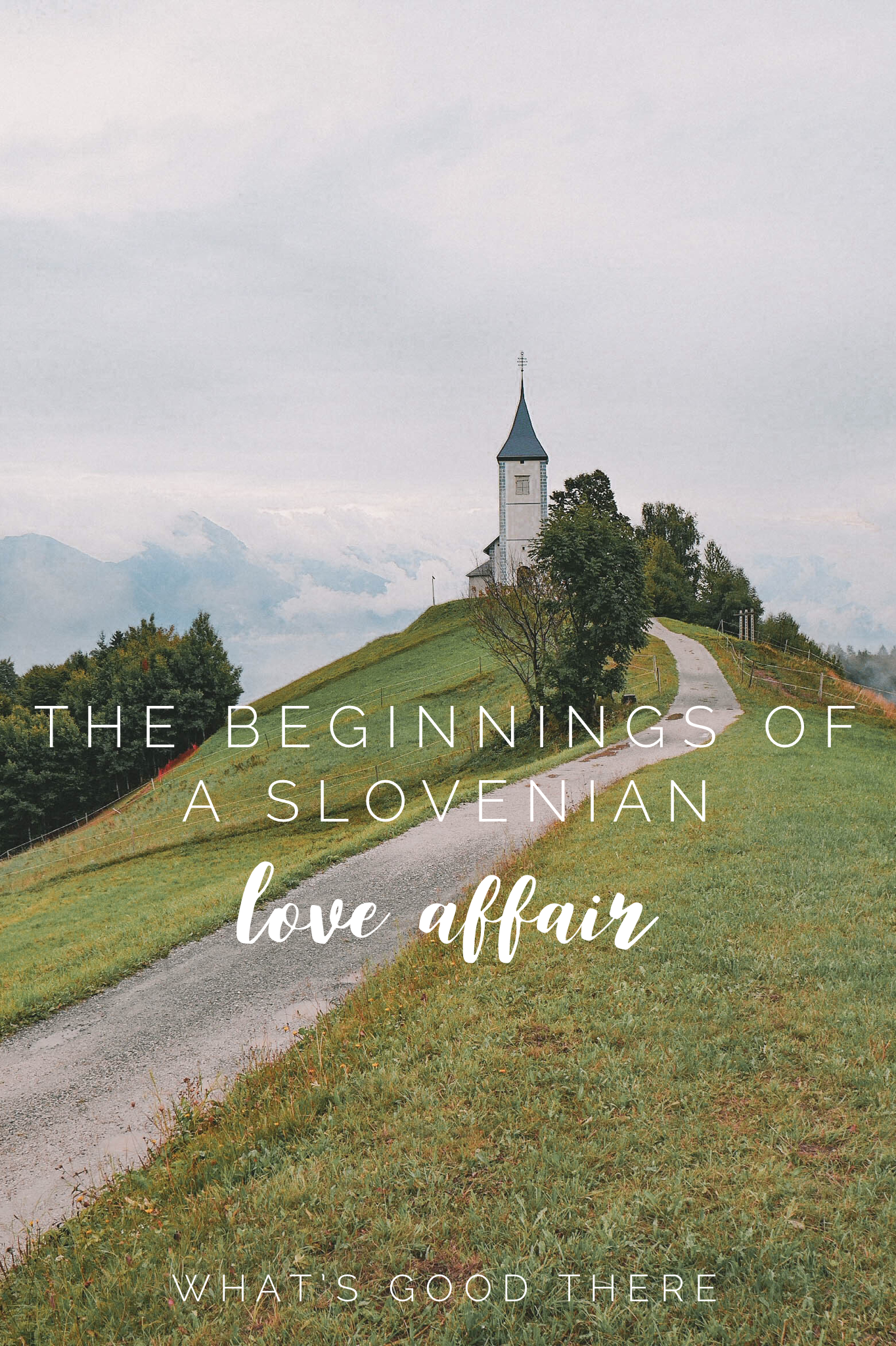Bundled into the front seats of our small hire car, we wound our way along one of the tiny lanes that cover much of the Slovenian countryside. Passing lush alpine forests, sprawling cornfields and pumpkin patches awaiting the autumn harvest. At times it reminded us of Switzerland, with quaint rural villages unchanged for years. A landscape peppered with wooden alpine roofs, chimneys gently exhaling plumes of smoke, gushing streams and solitary churches. Nods to a simpler, rural life were all around – mounds of chopped firewood, beautiful log cabins draped in grape vines and the slow-churn of a water mill.
We wanted to stop. To photograph everything, but we had a destination in mind. The church of Saint Primus and Felician set above a tiny village named Jamnik. Here, surrounded by panoramic views of snow-topped Julian Alps, and edged by a steep grassy hillside, is a place nothing short of magical. A place, where for centuries, people have survived farming on those same hills. All around us, mist floated silently through the trees, fluffy white clouds of fog clung to the hilltop, and at its summit stood a little white-washed church set against a backdrop we had not believed existed outside of a fairy-tale.
That afternoon we found somewhere and something quite extraordinary, and we knew our love story with Slovenia had only just begun.
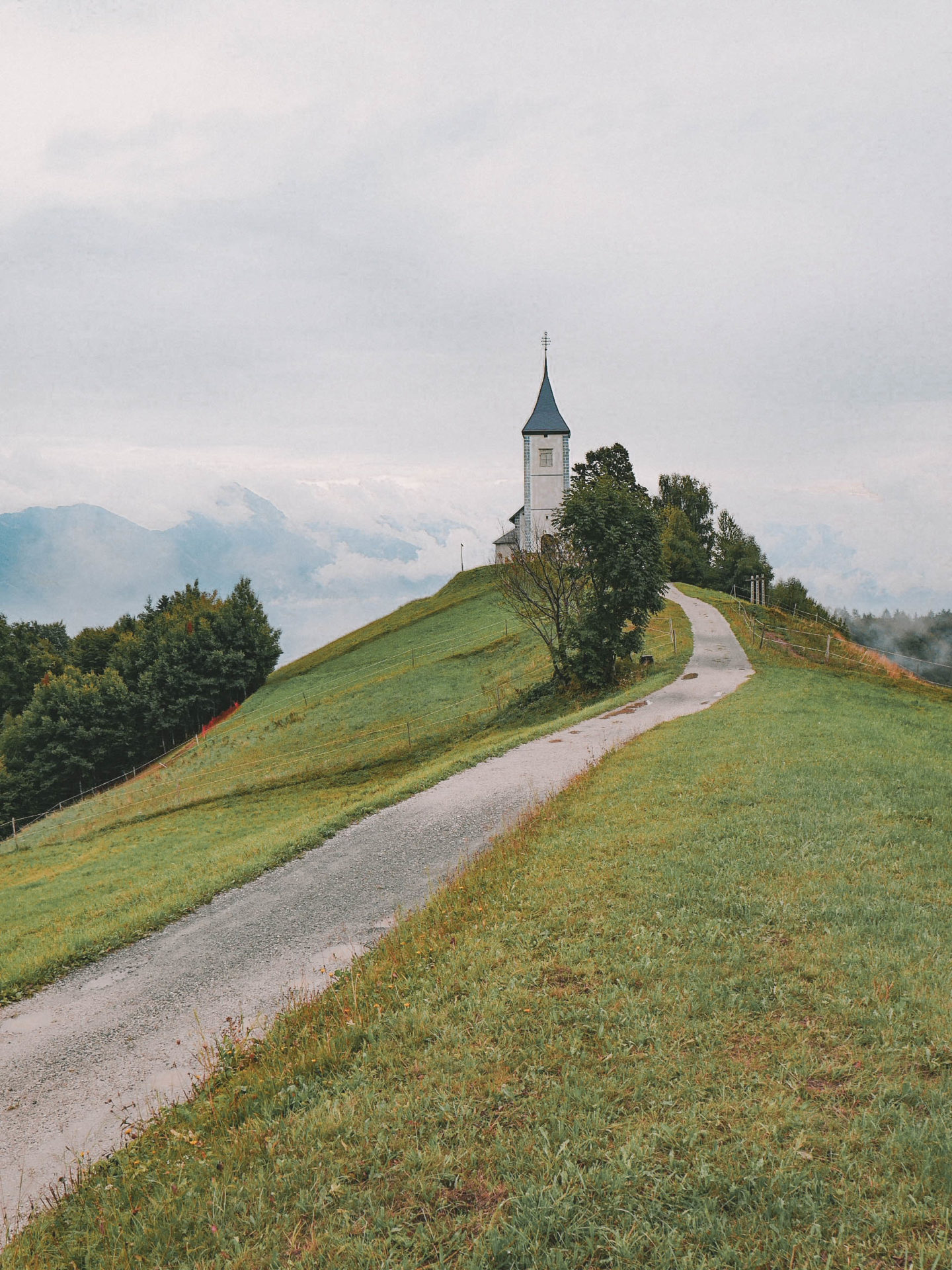
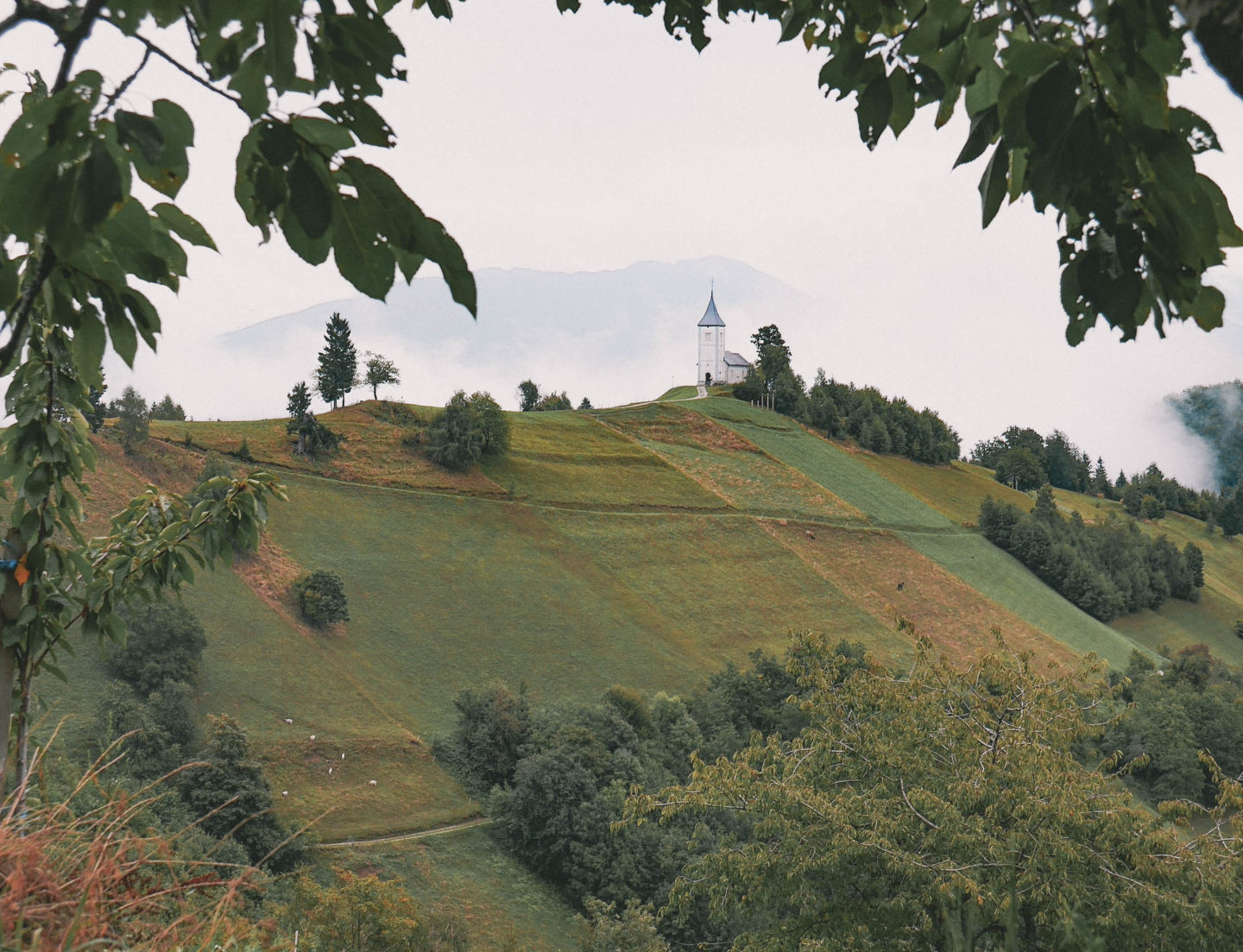
We had little idea of what to expect before we arrived in this, tiny country nestled between the Alps and the Adriatic. My only previous, fleeting encounter with Slovenia had come four years earlier, viewed from a coach seat en route from Italy to Croatia. Although I didn’t see much, only quickly passing through, what I did see of this mountainous, forest-filled land was enough to ignite my intrigue and a desire to one-day return. It was at a much slower pace that we came to see Slovenia this time around.
We enjoyed days exploring the charming, laid-back capital Ljubljana, painted in the most wonderfully vibrant hues, and roaming the narrow cobbled streets lined by beautifully aged facades and flower-dotted window sills. We awoke to the sounds of the Sunday morning flea market drifting into our riverbank apartment, followed by morning strolls along the Ljubljanica river and idling in cafes side by side with locals, reminding us of the simple pleasures of life in the slow lane.
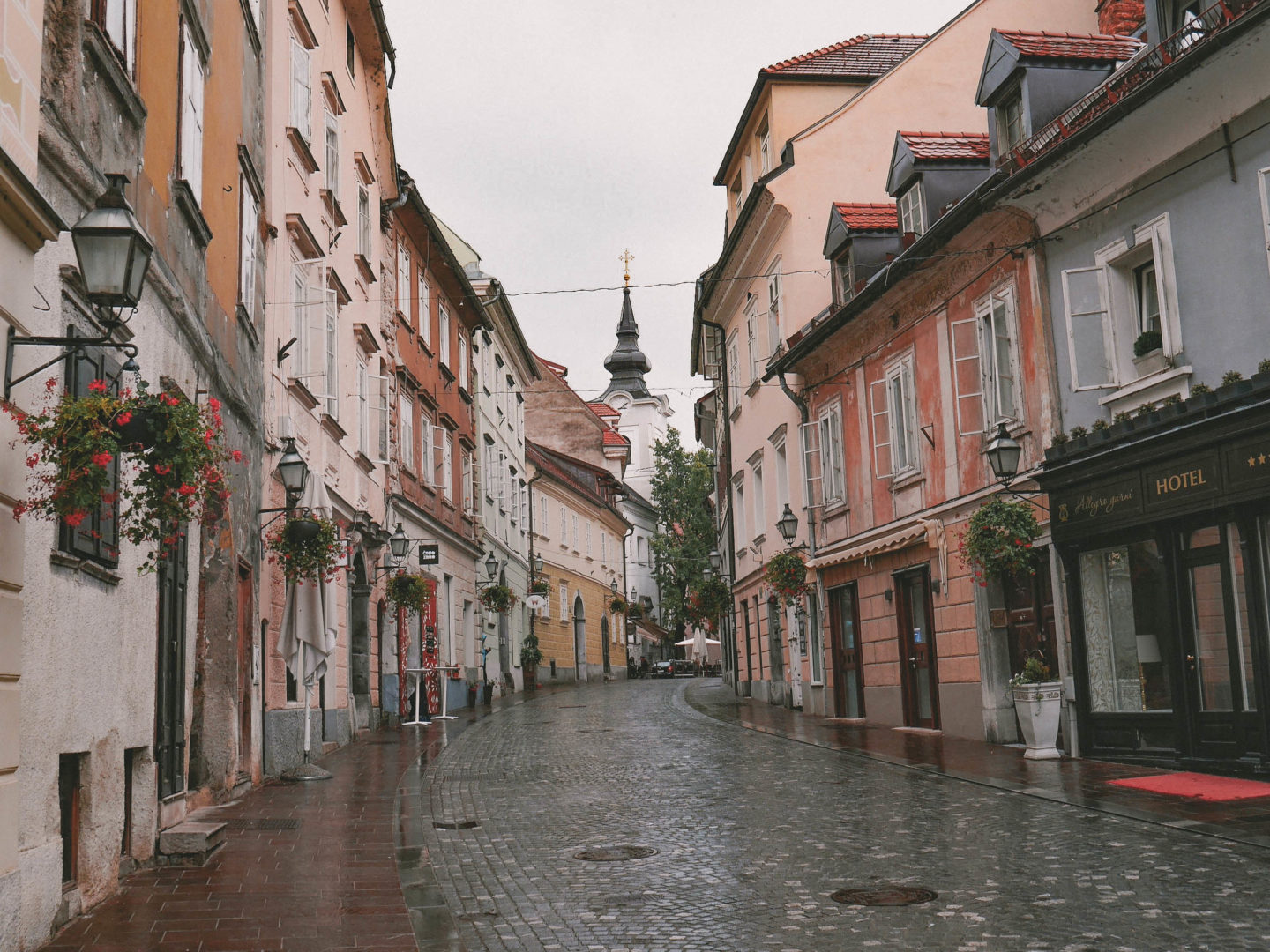
Later, at Lake Bled, under moody September skies, we spent the early hours chasing sunrise, hiking up steep rocky trails to catch a first glimpse of the glacial lake from above at daybreak. Despite being known the world over, drawing visitors from across the globe, at no point did Bled feel too crowded – instead a sense of tranquillity and calmness pervaded.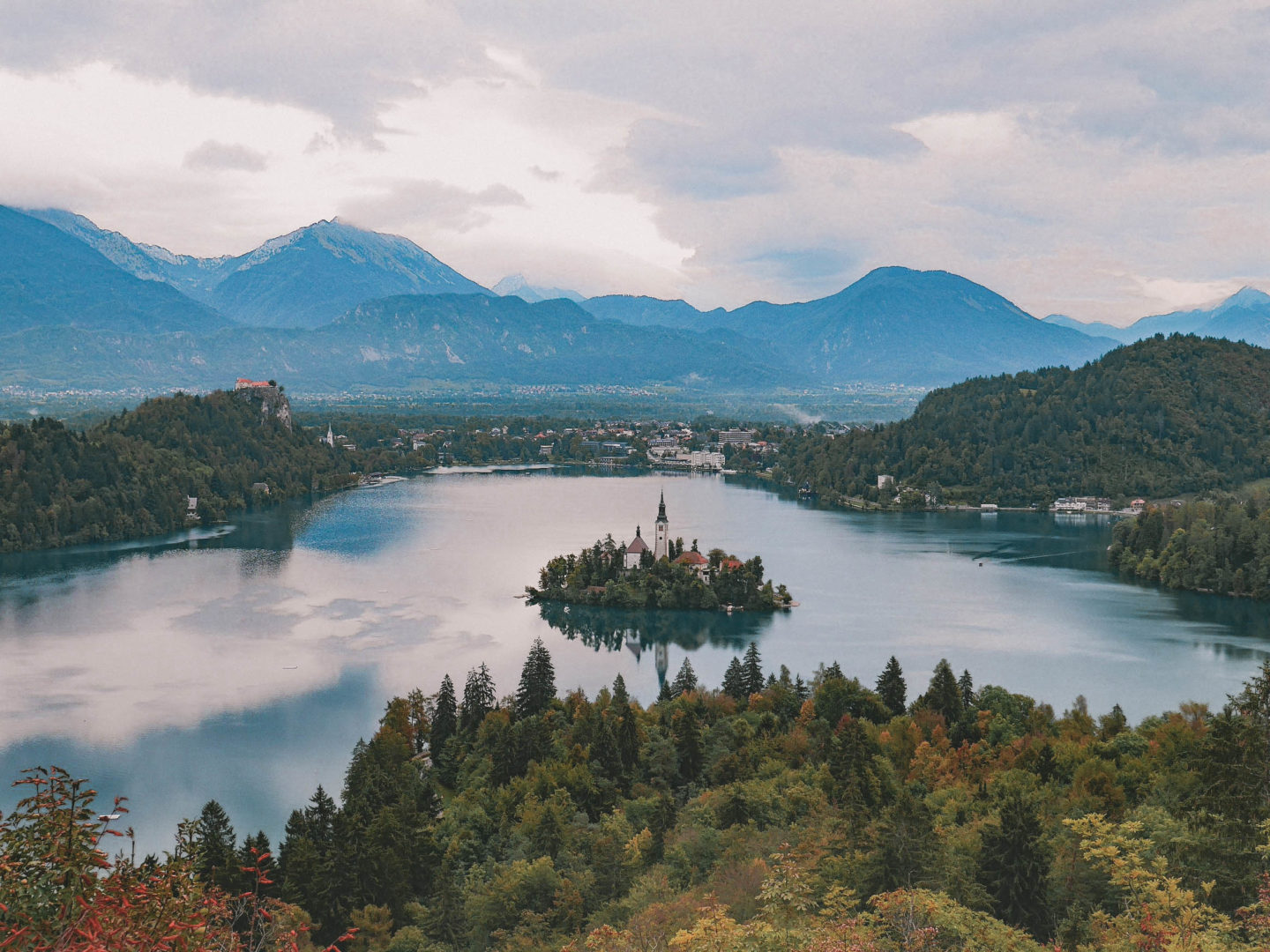
Slovenia, it seems is not like its neighbours. This is not a place of package holidays, or sun-seeking hordes, a place shielded from the level of tourism that has been detrimental elsewhere. In fact earlier this year, the country was named best in Europe in the field of sustainable tourism, and it shows. It is, for those who seek it, a place for the adventurous, for explorers, for those who yearn to connect with nature, and with the friendliest of people.
Gaze out from beside the Church of Saint Primus and Felician, and it’s not sky-scrapers or resorts you will see, but miles and miles of green, of fields, farmland and forest. A place where grazing mountain goats outnumber people.
You will see a part of the world that this wanderer has left her heart, and will in no doubt return.
Save this post for later on Pinterest:
